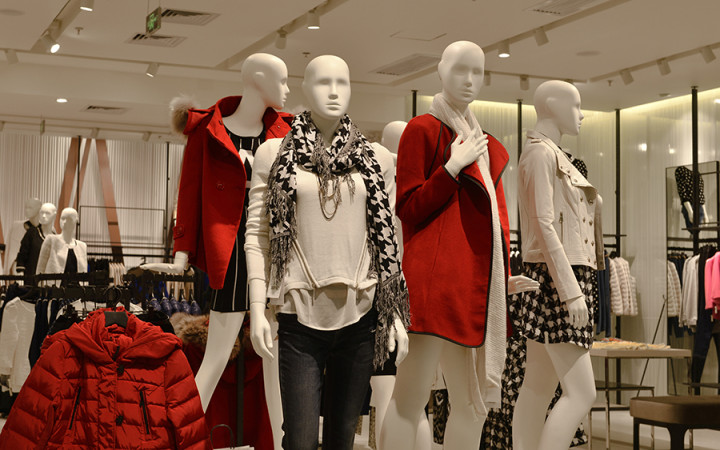Today’s Wonder of the Day was inspired by Jada. Jada Wonders, “Who created fashion?” Thanks for WONDERing with us, Jada!
Are you a slave to fashion? While most kids probably don't spend too much time worrying about what new trends designers are starting as they send models down the catwalk at New York City fashion shows, you probably do your best to make sure your shirt and pants match before you head out the door for school.
Some people focus on the utility of clothes. They don't care much about what they look like as long as they fit and are comfortable. Other people love fashion and are always trying to keep up with the latest trends.
Fashion goes beyond just the clothes you wear, though. It extends to hairstyles, makeup, accessories, and just about every possible aspect of your appearance. How did this obsession with fashion get started anyway?
We'll never know who really created fashion. After all, clothing dates back to prehistoric times. The first prehistoric peoples likely focused solely on the utility of clothing. Would the clothes they made from animal skins keep them warm and dry?
We can imagine a meeting of two different tribes of people at some point in time. For example, perhaps a tribe dressed in deerskin clothing traveled to a new area and came across a tribe of people who wore clothing made from raccoon skins. Perhaps the striped raccoon clothing looked exotic compared to the bland deerskin clothing.
Could jealousy on the part of the deerskin people have been the spark that started fashion? We have no idea. Our example is nothing more than speculation. At some point in time, though, clothing did move from something that was purely utilitarian to something that was seen as decorative. Although we'll never know for sure, it is fun to think about which prehistoric peoples may have been the first to design and make clothing with an eye toward their appearance.
Fashions have changed steadily and constantly throughout history. In fact, change is an integral part of the concept of fashion. Fashion is what is popular at a particular place and time in history.
Various factors affect what is considered fashionable. In the medieval days, for example, fashion was influenced heavily by kings and queens. Strict laws governed the types of clothes that ordinary people could wear. Certain colors and materials were set aside for nobles. The clothes you wore in the Middle Ages told others a lot about your rank and status in society.
Likewise, certain types of clothes defined people by occupation and social status. Religious leaders wore certain types of clothes, as did others engaged in particular professions. Uniforms developed out of regulations that confined certain occupations to specific types of clothes.
Over time, clothing became its own form of artistic expression. People began to design clothing that would set them apart from others.
Today, fashion is often influenced by a wide variety of factors. Dressing like those we admire is quite common. As a result, celebrities, musicians, actors and actresses, models, and popular sports figures can influence fashion trends.
Clothing designers also purposefully try to start trends. They design and showcase clothing they want people to buy. At fashion shows, they debut their latest designs on the catwalk, where models wear the latest styles and fashion industry insiders get a glimpse of what will likely shape trends in the year to come.
Fashion trends aren't always easy to spot while they're occurring. It's much easier to look back over time to summarize the fashions that defined a period of time. For example, the 1960s were heavily influenced by the political upheaval and free spirit movements of the time. Miniskirts and brightly-colored, loose-fitting "hippie" clothing were iconic in the 1960s.
The 1970s saw bell-bottom jeans explode in popularity. The disco music of the decade also inspired tight-fitting clothing in bold patterns. Disco gave way to punk music in the 1980s, which saw mohawks paired with do-it-yourself leather jackets adorned with studs and spikes. In the business world, men wore "power suits" and women preferred jackets with shoulder pads.
Even though we can't trace fashion back to its roots with any precision, it is a lot of fun to look back on fashions of the past and compare them to what is popular today. Given what is fashionable today, what will the future hold? No one knows for sure, but the great thing about fashion is that you have a say in making the changes that will turn into new fashions tomorrow!





